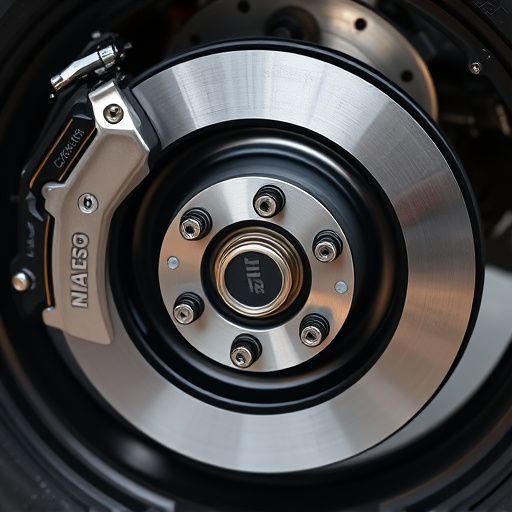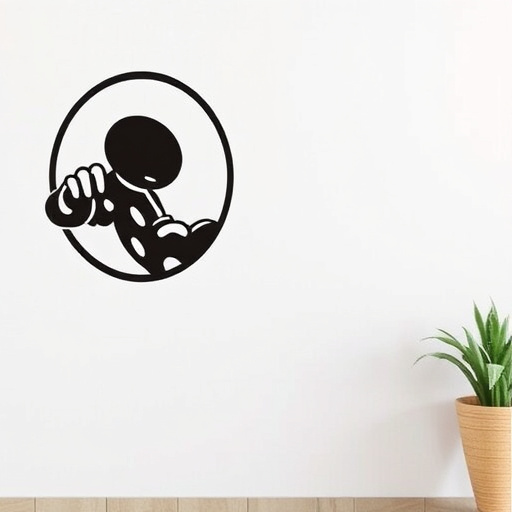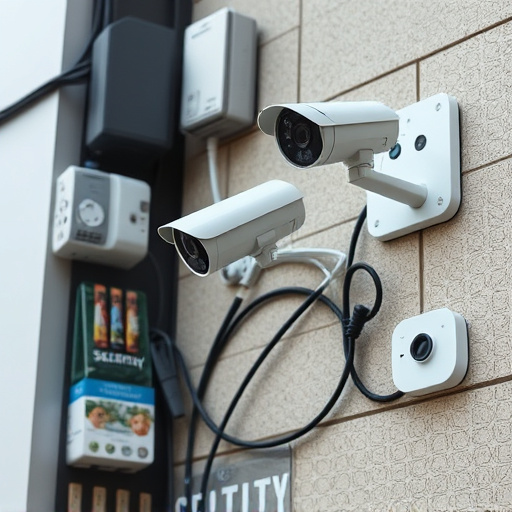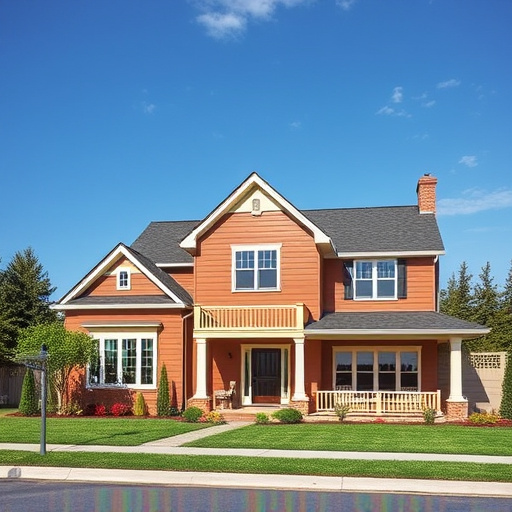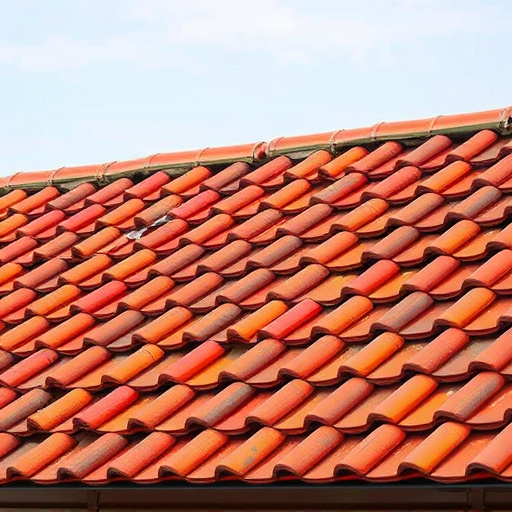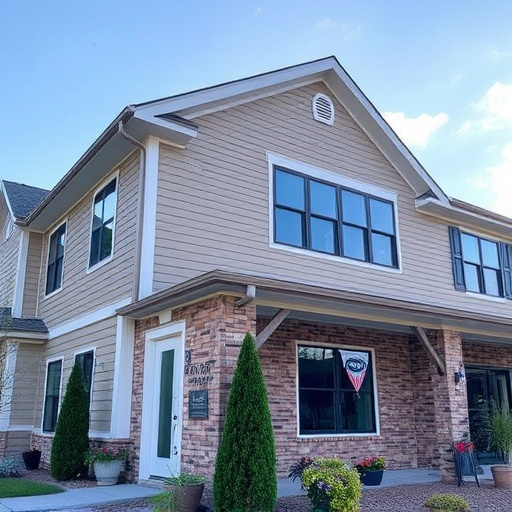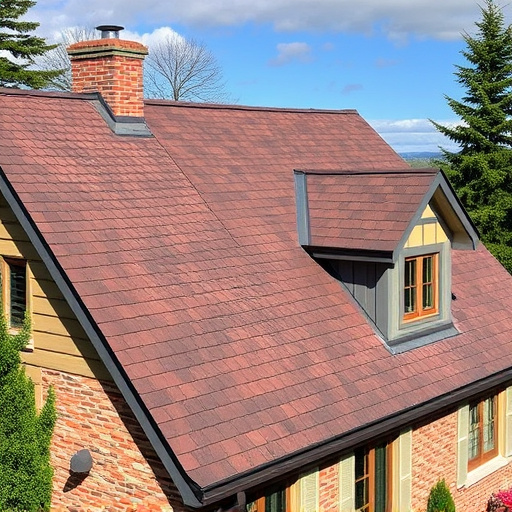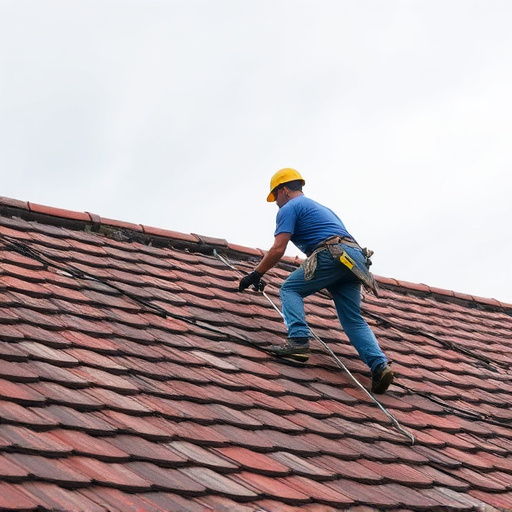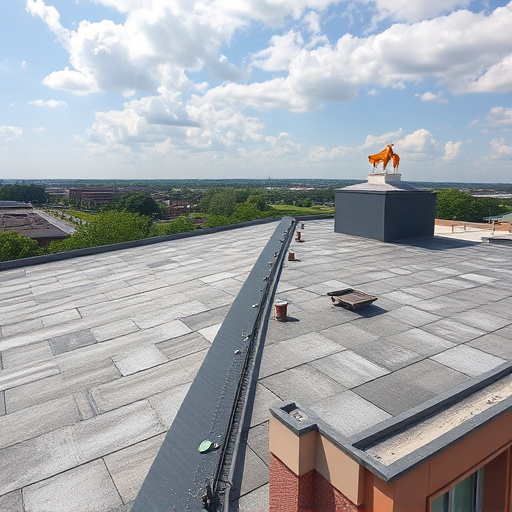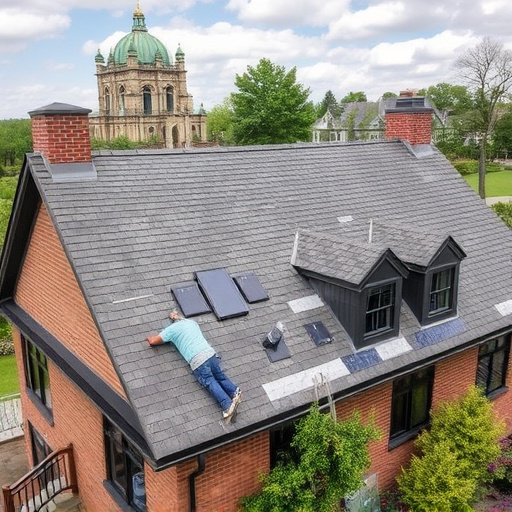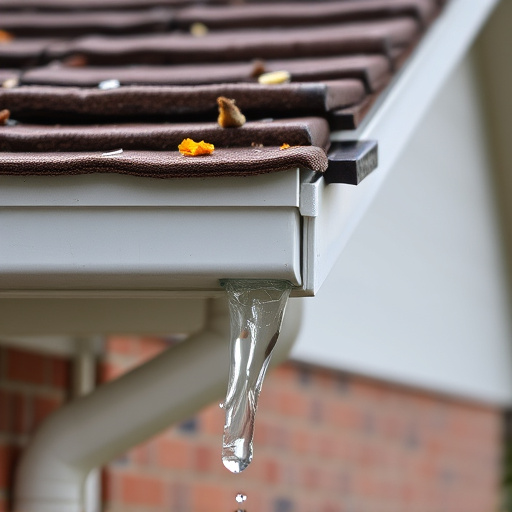Choosing sustainable siding solutions is crucial for minimizing a building's environmental impact, with traditional options contributing to ecological concerns. Eco-friendly alternatives, sourced from renewable materials and featuring efficient installation, reduce raw material demand and energy usage. The market offers diverse options like recycled wood fibers and plant-based composites, which balance sustainability, energy efficiency, and aesthetics. Proper installation and regular maintenance are vital for longevity and minimizing waste, enhancing the appeal of sustainable siding to environmentally conscious buyers.
In today’s eco-conscious world, choosing sustainable exterior siding is a significant step towards reducing your home’s environmental impact. This article explores green alternatives that offer both style and durability, guiding you through the process of selecting eco-friendly siding materials. We’ll delve into installation best practices and maintenance tips to ensure your sustainable siding choices thrive. Discover how these innovative siding solutions contribute to a greener planet, offering not just an aesthetic transformation but also long-lasting benefits.
- Understanding the Impact of Exterior Siding on Sustainability
- Exploring Eco-Friendly Siding Materials and Options
- Installation and Maintenance Tips for Sustainable Siding
Understanding the Impact of Exterior Siding on Sustainability
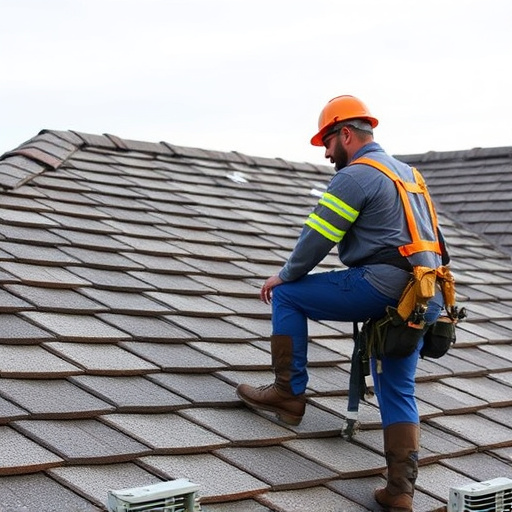
The choice of exterior siding can significantly impact a building’s environmental footprint. Traditional siding options often contribute to ecological concerns due to their production processes and long-term effects on waste management. Understanding these impacts is crucial when exploring sustainable siding solutions. Material manufacturing, energy consumption, and a product’s life span are key factors that influence the overall sustainability of exterior cladding.
By opting for eco-friendly sidings, homeowners and commercial property managers can contribute to a greener environment. These siding solutions may include materials sourced from renewable resources or recycled content, reducing the demand for new raw materials and minimizing energy usage in production. Additionally, efficient installation processes that minimize waste and streamline construction are integral parts of creating more sustainable exterior finishes, including roofing solutions and systems for siding and gutters.
Exploring Eco-Friendly Siding Materials and Options
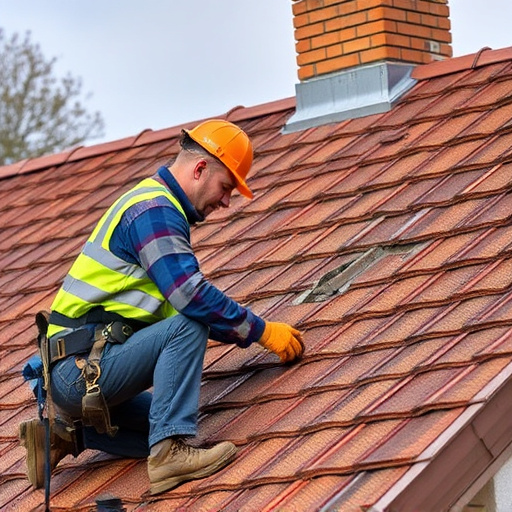
In the quest for eco-friendly and sustainable exterior siding solutions, homeowners and commercial property managers alike are exploring a diverse range of options. Today’s market offers an array of materials that not only minimize environmental impact but also enhance energy efficiency and aesthetic appeal. From recycled wood fibers to innovative plant-based composites, these siding alternatives provide both style and substance. The shift towards greener choices is not just a trend; it’s a necessary step in mitigating the environmental footprint associated with traditional siding materials.
Whether considering residential or commercial siding replacement, the selection process involves evaluating durability, cost-effectiveness, and long-term performance. Some options, like fiber cement siding, have gained popularity for their exceptional resistance to rot, insects, and extreme weather conditions. Others, such as vinyl siding made from recycled content, offer excellent insulation properties and low maintenance requirements. This exploration of eco-friendly siding materials empowers individuals and businesses to make informed decisions that contribute to a more sustainable future while maintaining the beauty and integrity of their structures.
Installation and Maintenance Tips for Sustainable Siding
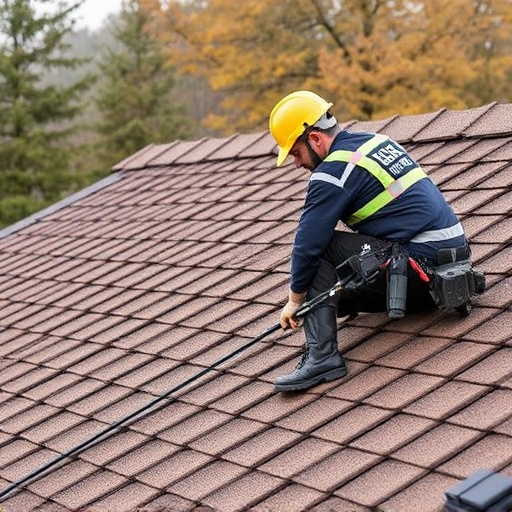
When installing eco-friendly exterior siding, proper techniques are key to ensure longevity and minimize waste. Start by preparing the surface thoroughly—inspecting for any damage or debris and ensuring it’s level. Use sustainable methods like recycled or biodegradable fasteners and adhere to manufacturer instructions for gaps and sealing to prevent moisture intrusion. Regular maintenance, including cleaning and inspecting for damages, is crucial. Schedule these tasks annually or as recommended by the siding material’s manufacturer. Remember that proper installation and care not only enhance the aesthetics of your property but also contribute to the overall sustainability of your exterior home improvements.
For commercial roofing or residential applications alike, sustainable siding solutions offer a responsible alternative to traditional options. These materials are designed to withstand harsh weather conditions while reducing environmental impact. Additionally, many providers offer siding services that include recycling old materials, further minimizing waste. Incorporating these eco-conscious practices into exterior projects not only benefits the planet but can also add value to your property in terms of energy efficiency and appeal to environmentally conscious buyers or tenants.
In light of the above discussions, it’s clear that eco-friendly and sustainable exterior siding solutions not only contribute to reducing our environmental footprint but also enhance the aesthetics and value of homes. By understanding the impact of siding choices, exploring various eco-material options, and adopting proper installation and maintenance practices, homeowners can make informed decisions that benefit both their properties and the planet. These sustainable siding solutions represent a promising step towards a greener future, offering not just practical benefits but also a harmonious relationship with our natural environment.
